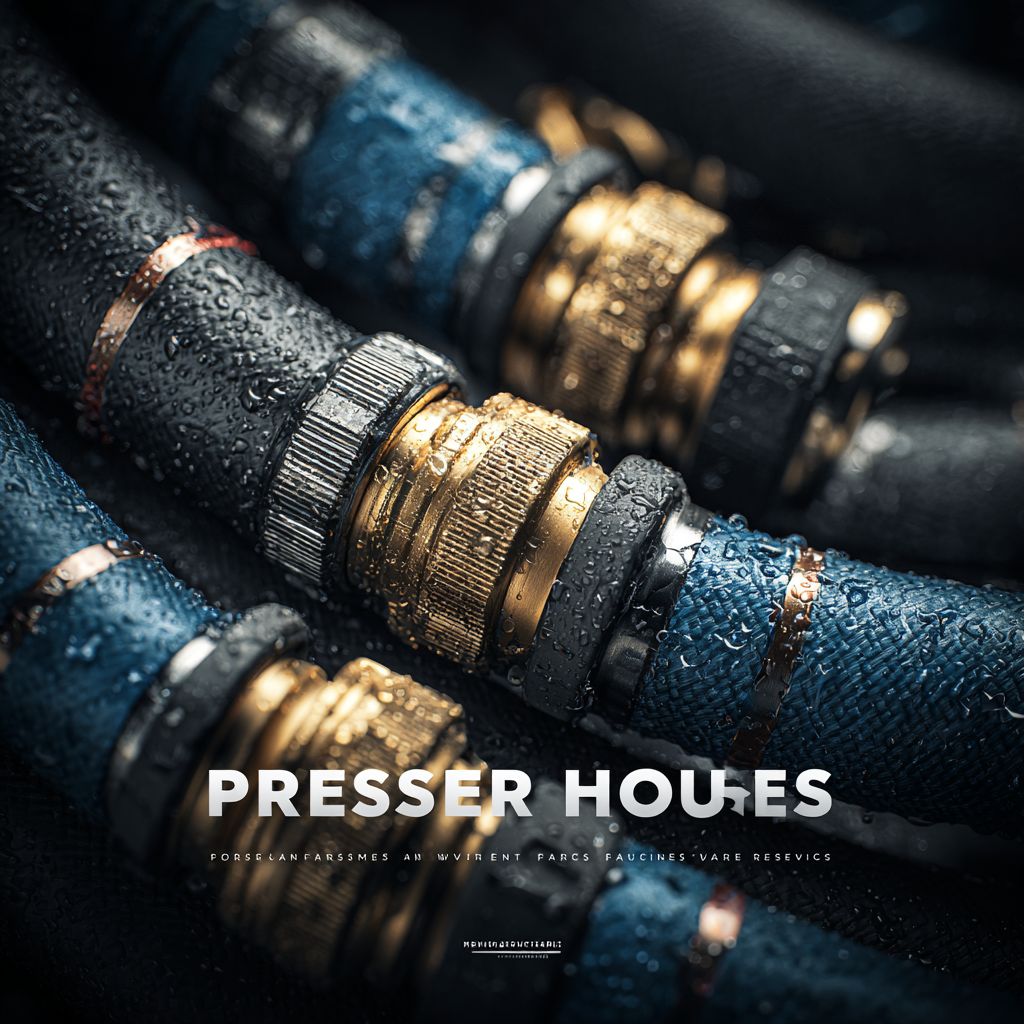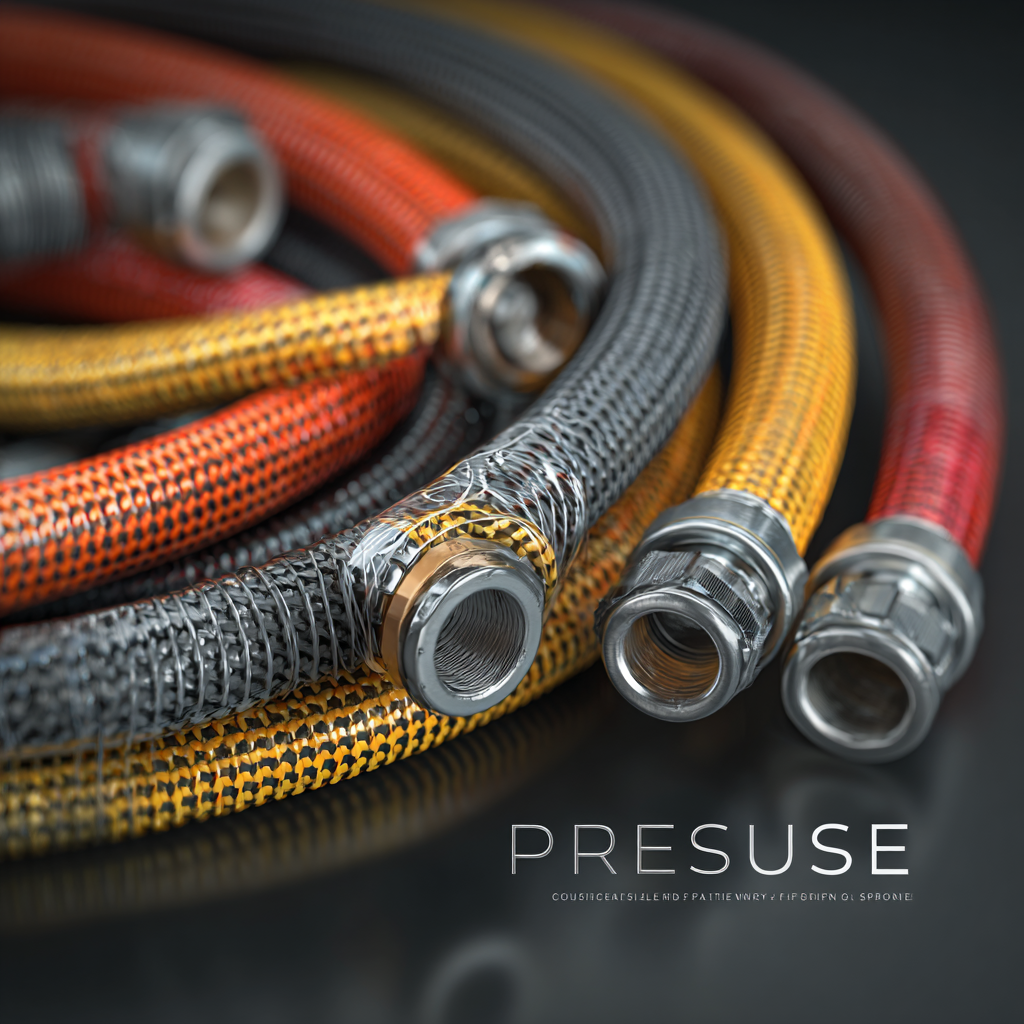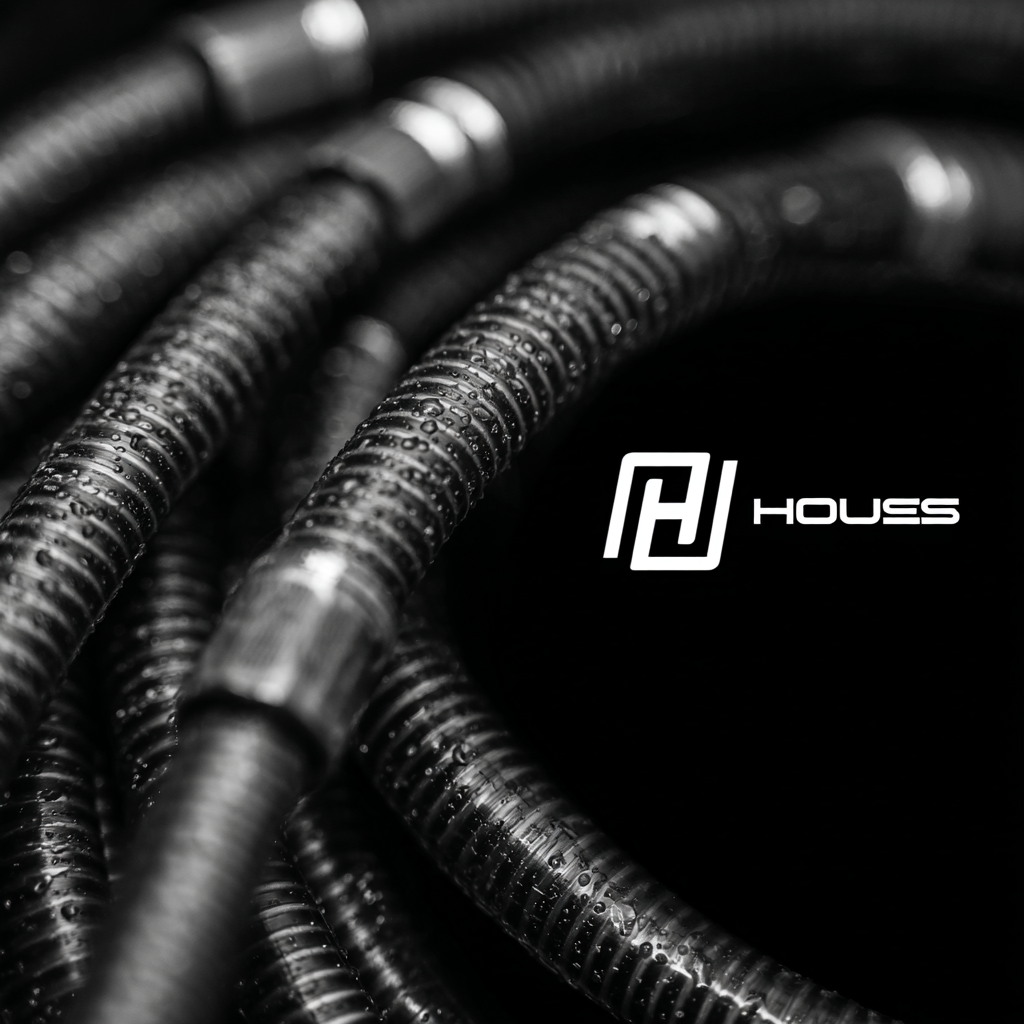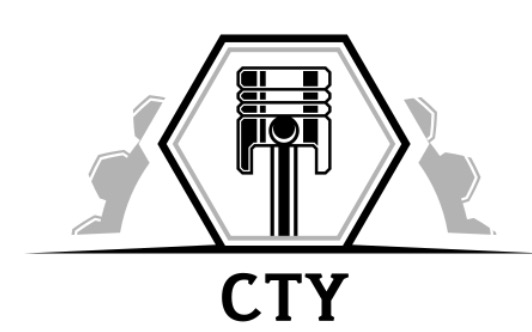- Home Page
- Company Profile
-
Our Products
- Hydraulic Pumps
- Hydraulic Solenoid Valves
- Conventional Valves
- Proportional Valves
- Safety Valves
- Mobile Control Valves
- Hydraulic Motor
- Cylinders and Servo Cylinders
- Hydraulic Filters
- Hoses and Fittings
- Gates Hydraulic Hose
- MP Filters Filters
- Dowty Gear Pumps
- Polyhydron Valves
- Manifold Blocks
- Walvoil
- Spica
- Hand Pumps
- ATOS Hydraulic Components
- Blog

Exploring Unique Features and Applications of Various Pressure Hoses for Global Buyers
In the world of industrial applications, pressure hoses play a pivotal role in ensuring efficient and safe operations across various sectors. As global buyers navigate the diverse landscape of pressure hose options, understanding the unique features and specific applications of these hoses becomes essential. From high-pressure hydraulic systems to flexible pneumatic applications, each type of pressure hose offers distinct advantages that cater to different needs and environments. This blog aims to provide an insightful tutorial on the various types of pressure hoses, exploring their materials, design characteristics, and suitability for specific tasks. By delving into the intricacies of pressure hoses, buyers will be better equipped to make informed decisions, enhancing their operational effectiveness and safety in their respective fields.

Unique Properties of High-Pressure Hoses: Material Composition and Design Innovations
 High-pressure hoses are essential components in a variety of industrial applications, and their unique properties significantly impact performance and safety. The material composition, including synthetic rubber, thermoplastics, and metal reinforcements, determines the hose's durability and resistance to harsh environments. Innovations in design, such as spiral constructions and multi-layering, enhance flexibility and pressure tolerance, making these hoses suitable for demanding tasks in industries like construction, automotive, and oil and gas.
High-pressure hoses are essential components in a variety of industrial applications, and their unique properties significantly impact performance and safety. The material composition, including synthetic rubber, thermoplastics, and metal reinforcements, determines the hose's durability and resistance to harsh environments. Innovations in design, such as spiral constructions and multi-layering, enhance flexibility and pressure tolerance, making these hoses suitable for demanding tasks in industries like construction, automotive, and oil and gas.
When selecting high-pressure hoses, it’s crucial to consider the intended application and environmental factors. For example, ultraviolet exposure can degrade some materials over time, so choose hoses designed for outdoor use. Additionally, ensure compatibility between the hose and the fluids being transported to avoid chemical reactions that could lead to hose failure.
Another tip is to regularly inspect hoses for wear and tear. Look for signs of cracking, bulging, or leaks, as these can indicate that the hose needs replacement. Investing in hoses with advanced features, such as heat resistance and anti-abrasion layers, can lead to longer service life and reduced maintenance costs, ultimately enhancing operational efficiency.
Diverse Applications of Pressure Hoses Across Industries: From Oil and Gas to Agriculture
Pressure hoses play a crucial role across various industries, serving diverse applications that highlight their versatility and reliability. In the oil and gas sector, these hoses are essential for transporting high-pressure fluids, ensuring safety and efficiency during drilling operations. They withstand extreme environments and are designed to handle aggressive chemicals, making them indispensable for maintaining the integrity of site operations. Additionally, pressure hoses facilitate the transfer of fuel and other vital substances, emphasizing their importance in keeping energy production flowing seamlessly.
In agriculture, the use of pressure hoses has also expanded significantly. Farmers rely on them for irrigation systems, allowing for efficient water distribution across vast fields. Whether it’s for spraying fertilizers or pesticides, the precision provided by pressure hoses enhances crop yield while minimizing waste. Moreover, these hoses are crucial during the harvesting process, where they assist in delivering various materials to processing centers, showcasing the integral role they play in modern agricultural practices. As industries continue to evolve, the demand and innovation surrounding pressure hoses will undoubtedly grow, further expanding their applications and enhancing operational efficiencies.
Comparative Analysis of Pressure Ratings: Understanding PSI Standards in Hose Selection
When selecting pressure hoses, understanding PSI (pounds per square inch) ratings is crucial. These ratings indicate the maximum pressure a hose can handle safely, and they vary significantly among different types of hoses. For instance, a heavy-duty industrial hose might have a much higher PSI rating than a standard garden hose. This variance means that buyers need to assess their specific applications to ensure they choose the right hose.
Tip: Always consider the application and environment where the hose will be used. High-pressure applications, such as hydraulic systems or steam cleaning, require hoses with higher PSI ratings, while lower-pressure tasks can be handled by more flexible, lower-rated hoses.
Additionally, it's important to factor in not just the PSI rating, but also the safety margin. A hose rated for 300 PSI might comfortably operate at 200 PSI, but ensuring there's a buffer can prevent premature wear and potential failures.
Tip: Look for hoses that offer specifications beyond just the PSI, such as temperature resistance and material durability, which can influence the overall performance and longevity of the hose in demanding situations.
Global Market Trends: The Rising Demand for Specialized Pressure Hoses
The global market for pressure hoses is witnessing significant growth, fueled by an increasing demand for specialized applications across various industries. As manufacturers strive to meet the evolving needs of their clients, the focus has shifted towards the production of hoses that not only withstand high-pressure conditions but also offer enhanced durability and flexibility. Industries such as construction, automotive, and energy are particularly driving this demand, as they require pressure hoses that can operate under extreme conditions while ensuring safety and reliability.
The rising trend of customization has led to the development of niche products tailored to specific requirements. For instance, high-temperature pressure hoses are becoming increasingly popular in the oil and gas sector, where extreme operational environments are common. Additionally, innovations in materials, such as the use of thermoplastics and advanced composites, are creating opportunities for hoses that can handle specialized fluids and resist corrosion. This diversification in product offerings not only meets the specific demands of global buyers but also enhances the overall efficiency and performance of various systems where these hoses are utilized.
Sustainability in Pressure Hose Manufacturing: Eco-Friendly Materials and Practices
As the global market increasingly prioritizes sustainability, the pressure hose manufacturing industry is stepping up by incorporating eco-friendly materials and practices. According to a recent report by MarketsandMarkets, the demand for sustainable industrial products is expected to grow by over 8% annually, highlighting the necessity for manufacturers to adapt.
 Biodegradable rubber, recycled plastics, and other renewable resources are being integrated into the production of pressure hoses, significantly reducing the carbon footprint associated with their lifecycle.
Biodegradable rubber, recycled plastics, and other renewable resources are being integrated into the production of pressure hoses, significantly reducing the carbon footprint associated with their lifecycle.
Tips for sustainability in pressure hose selection include opting for hoses made from recyclable materials, as they not only contribute to environmental conservation but can also offer longevity and performance. Additionally, seeking suppliers who implement sustainable manufacturing practices can further enhance your ecological footprint, ensuring that both the product and the process align with environmental goals.
Moreover, advancements in technology are leading to more efficient production methods, such as using water-based adhesives and renewable energy sources in manufacturing facilities. A report from the International Rubber Study Group notes that adopting such innovations can decrease waste by up to 30%, demonstrating the industry's commitment to eco-responsibility while meeting the demands of global buyers.
Developed and Managed byInfocom Network Private Limited.

 Send Inquiry
Send Inquiry
